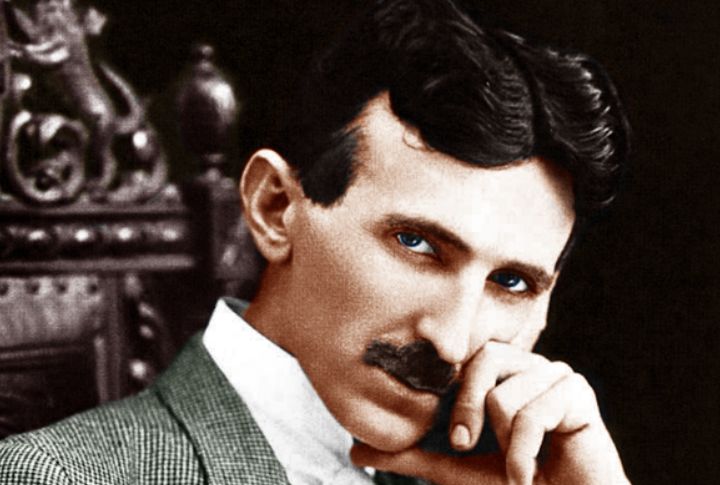
Throughout history, some of the boldest discoveries were met with disbelief or ridicule. Ideas that once seemed outrageous eventually became the foundations of modern science, health, and society. The thinkers behind them often paid a price, but their persistence reshaped how we understand the world. Here’s how history finally caught up with the truth.
Clair Patterson: Exposed A Silent Threat
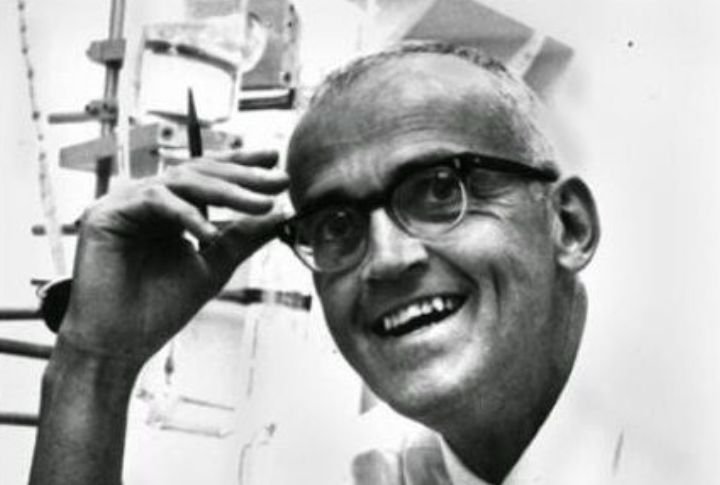
He set out to determine Earth’s age, not to challenge entire industries. While measuring ancient rocks, however, Clair Patterson discovered something more significant: widespread lead contamination. His 1965 study linked it to gasoline, sparking fierce resistance from powerful industries. Still, the science held, and the U.S. banned leaded fuel in 1996, which proved he was right.
Giordano Bruno: Cosmic Pluralism
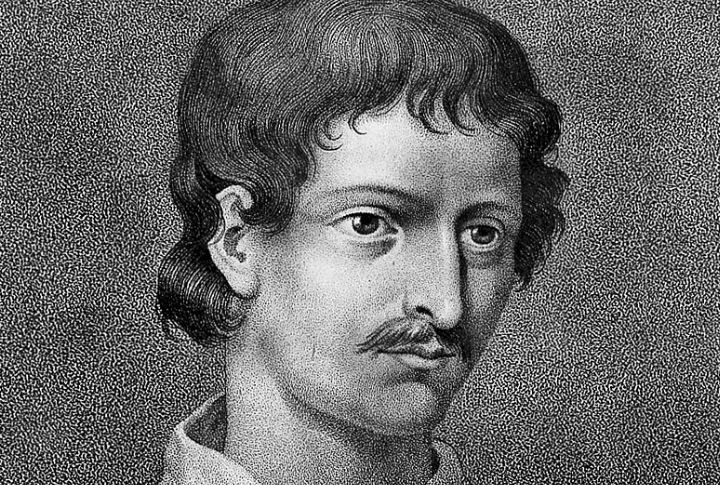
Back in 1600, saying the universe had infinite worlds was enough to cost you your life, and Giordano Bruno believed every star could be a sun with its own planets. That belief sealed his fate. Centuries later, astronomers confirmed what Bruno imagined without a telescope: space is bigger than anyone thought.
Willem Kolff: Invented Dialysis
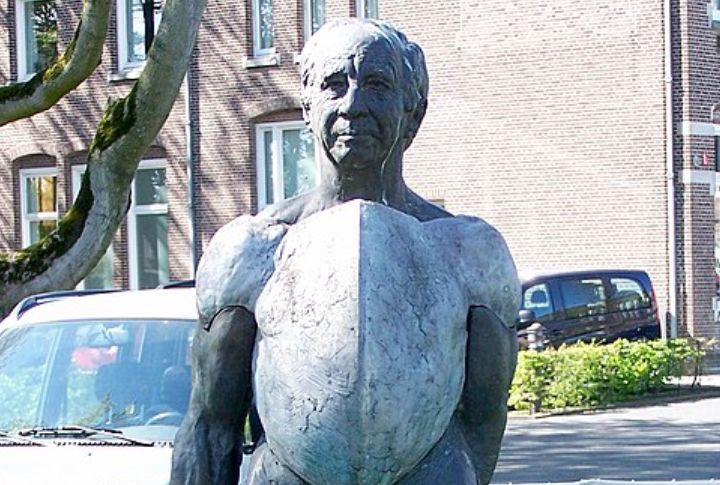
A contraption made of sausage casings, orange juice cans, and a washing machine became the first artificial kidney. Willem Kolff built it in 1943 and successfully treated a patient by 1945. That breakthrough opened new doors—after relocating to the U.S., he went on to advance artificial hearts and became known as the father of artificial organs.
Alfred Russel Wallace: Natural Selection
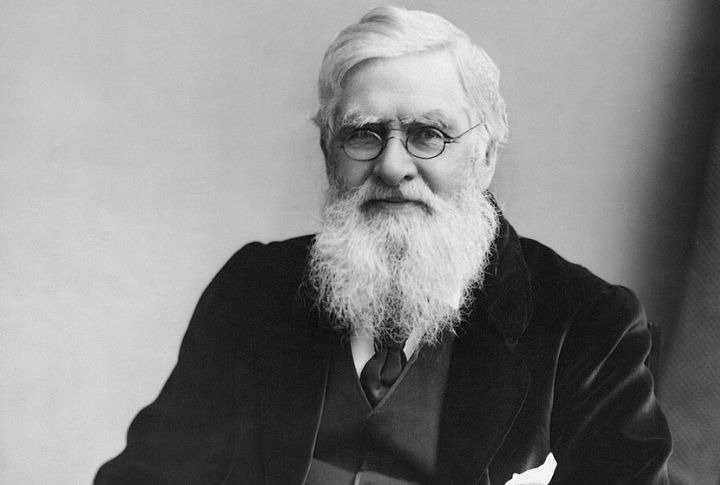
While trekking through the Amazon and Southeast Asia, Wallace collected over 125,000 specimens. Along the way, he developed the theory of natural selection independently of Darwin. His findings prompted Darwin to publish, but despite that pivotal role, Wallace is often overshadowed. His contributions remain a cornerstone of evolutionary theory and have helped shape the field of biogeography.
Francisco De Orellana: Claimed To See Amazon Cities
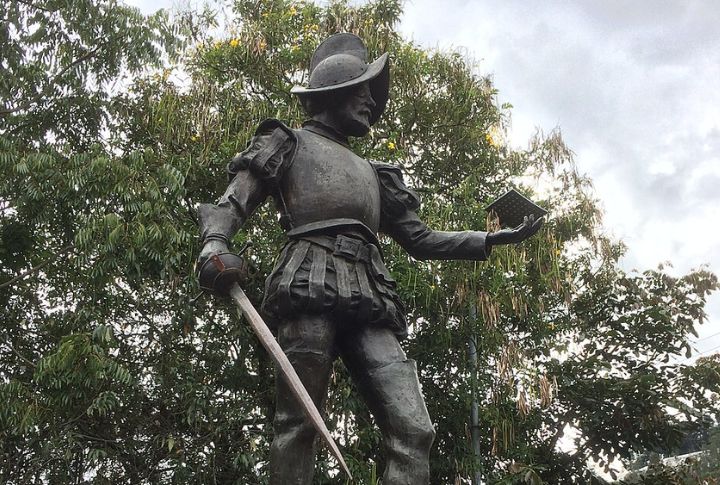
Modern discoveries deep in the Amazon now confirm the existence of large pre-Columbian settlements—exactly what Francisco de Orellana had described after completing the first full journey through the river in 1541. Few believed him then, and his accounts were long seen as exaggerations. Turns out, his observations weren’t far off.
Galileo Galilei: Heliocentrism
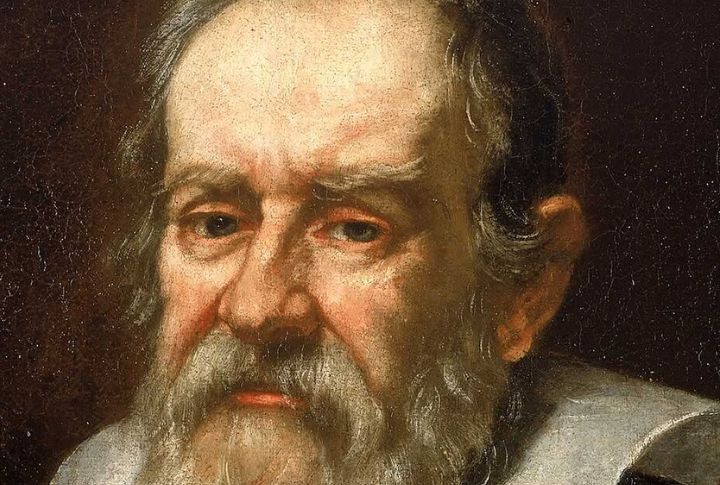
The way we understand the universe today owes a lot to Galileo Galilei’s refusal to back down. His work shattered the geocentric model and reshaped astronomy. Using a telescope, he showed that the Sun—not Earth—sat at the center of the solar system. For that, the Inquisition tried him in 1633 and placed him under house arrest.
Ignaz Semmelweis: Handwashing To Prevent Infection
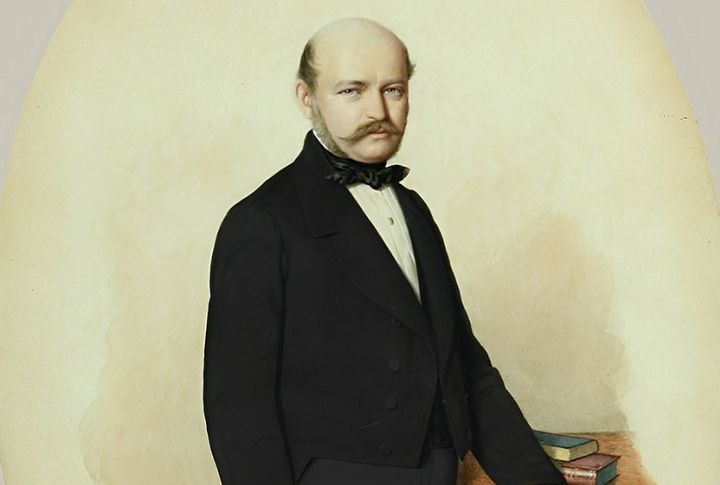
Ignaz Semmelweis is remembered today as a pioneer in hygiene who saved lives. But in 1847, when he introduced handwashing with chlorinated lime, the medical community mocked him. He observed fewer maternal fatalities after doctors cleaned their hands, which made the rejection more baffling. As a result, he was institutionalized and ignored, never witnessing the change his discovery brought.
Marcello Malpighi: Microscopic Anatomy
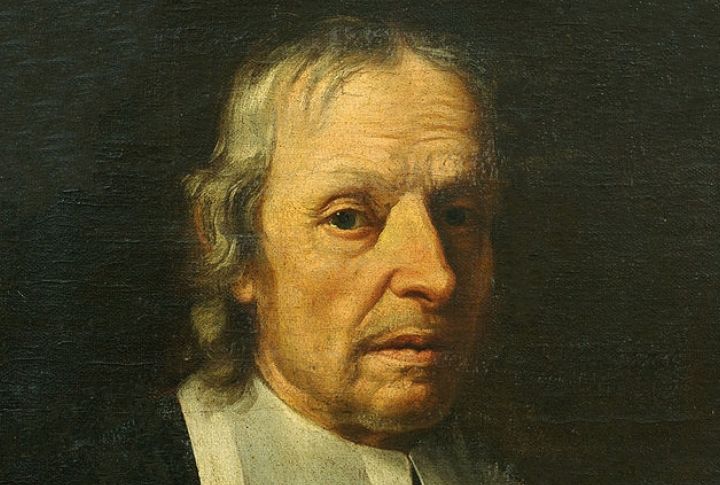
Peering through a microscope in an era that barely trusted it, Marcello Malpighi revealed structures no one had seen before. He identified capillaries, confirming how blood circulates, and supported Harvey’s theory. His work laid the foundation for histology and microscopic biology—fields that seemed unlikely when he first brought lenses into medicine.
Nikola Tesla: Alternating Current And Wireless Communication
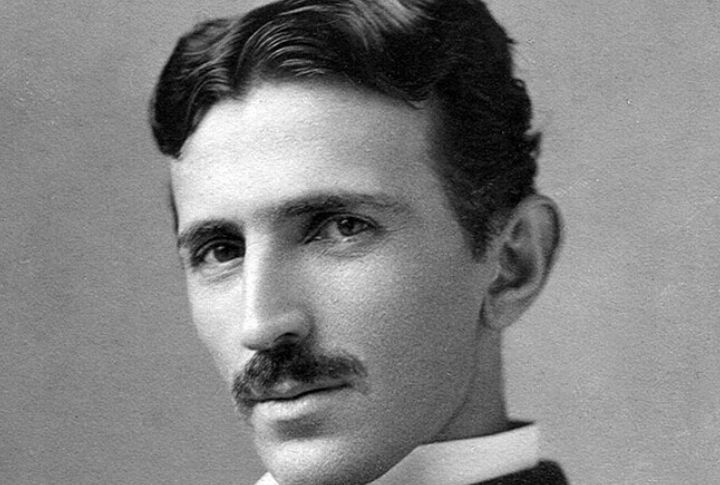
The future lived in Nikola Tesla’s imagination well ahead of when the world was ready. He built the AC motor and designed transformers that revolutionized the way power was transmitted, then went further by demonstrating wireless energy with the Tesla coil. While Thomas Edison tried to discredit him, Tesla secured 300 patents.
John Snow: Waterborne Cholera Theory
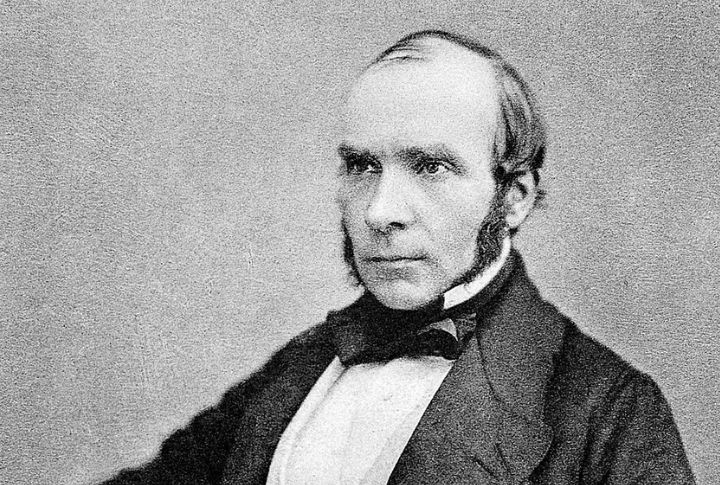
Epidemiology began with a simple decision to remove a pump handle. In 1854, John Snow traced a major cholera outbreak to contaminated water, thereby challenging the prevailing belief that “bad air” was the cause. The outbreak stopped, and his methods proved that clean water—not air quality—was the key to preventing disease.
Martha Mitchell: Warned Of Watergate
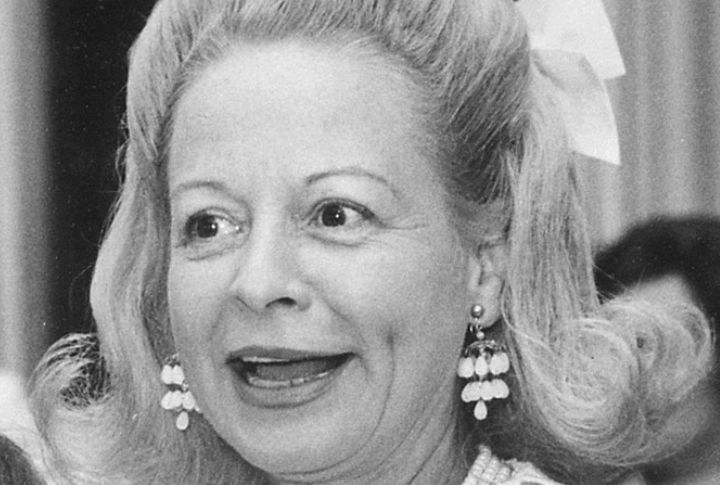
Long before the headlines, Martha Mitchell tried to speak out. She revealed unlawful activity tied to the Watergate scandal but was dismissed as paranoid and unstable. Even the press and political insiders mocked her. Years later, her claims were confirmed, inspiring the term “Martha Mitchell effect” for silenced truth-tellers.
Stanislav Petrov: Avoided Nuclear Escalation

In 1983, warning systems screamed that missiles were incoming. Stanislav Petrov trusted his instincts—they were false alarms. By refusing to authorize retaliation, he may have prevented a global catastrophe. He broke protocol, relied on logic, and possibly saved millions. At the time, no one celebrated him. Recognition came only after his life had ended.
Heinrich Schliemann: Discovered Troy
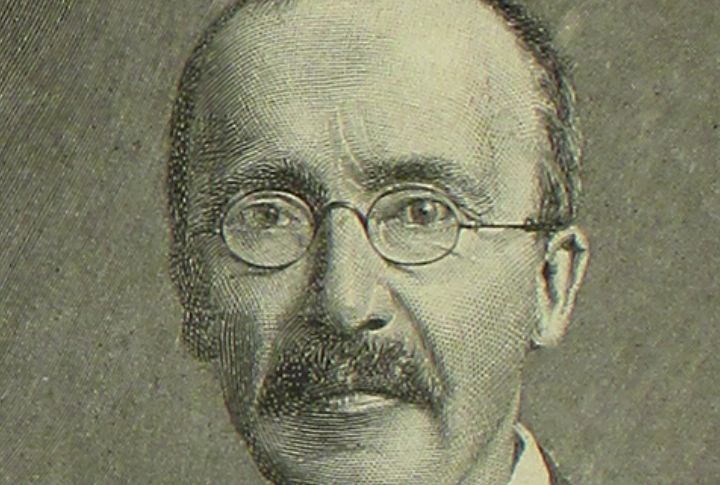
Belief in Homer’s epics once sounded like a poor excuse for archaeology. Yet those ancient texts led Heinrich Schliemann to Hisarlik, where he excavated ruins now linked to the site of Troy. He revealed layers of history and treasures, despite harsh criticism. His instincts changed how people searched for the past and how they challenged assumptions of that period.
Robert Atkins: Low-Carb Diet Advocate
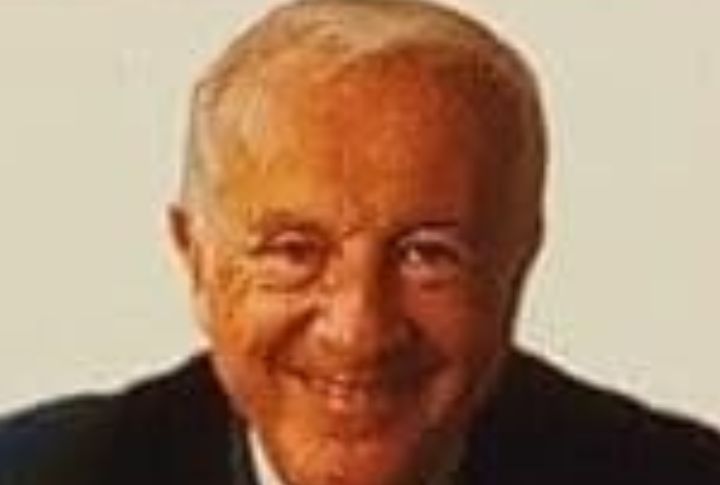
Mainstream nutrition believed that fat was the enemy and carbs were king. Robert Atkins challenged that by promoting a high-fat, low-carb approach to weight loss. Nutrition experts dismissed him, but his books took off, and today’s keto and paleo trends trace their roots to Atkins, whose formerly radical advice changed how many view food.
Rutherford B. Hayes: Spoke Out Against Corporate Influence
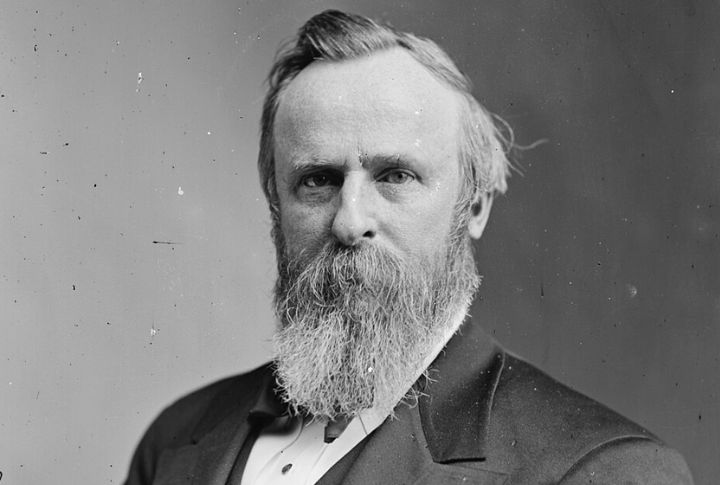
Corporate power still fuels political debate, an issue Rutherford B. Hayes warned about long before most dared to raise their voices. He denounced the rise of unchecked business influence, described corporations as “kings,” and fought for merit-based civil service. At the time, his stance seemed excessive. Now, it feels strangely familiar.
John Yudkin: Warned Of Sugar Dangers
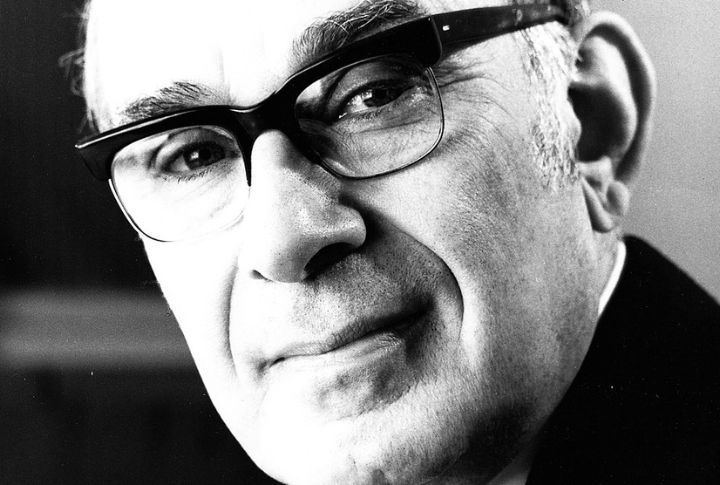
In 1972, John Yudkin said sugar was linked to heart disease. His book went against the growing push to blame fat instead, so he was sidelined by the food industry and rival scientists. As a result, his warnings were ignored for years. Eventually, though, new studies backed him up, proving his research had been right all along.
Joseph Lister: Antiseptic Surgery
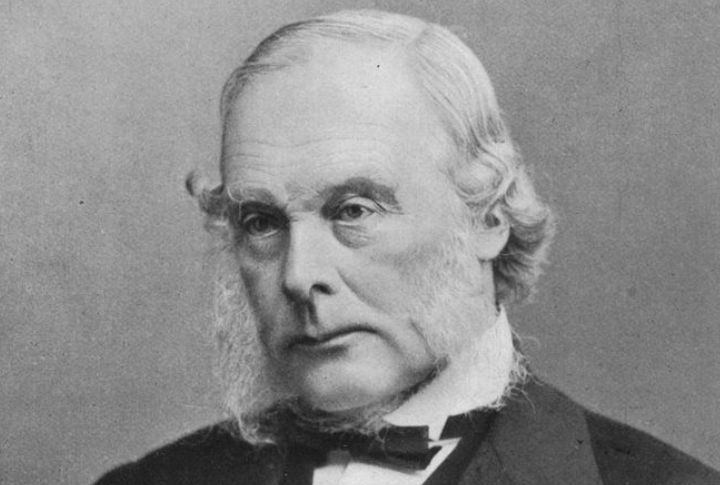
Joseph Lister’s name appears on drugstore aisles, but Joseph Lister’s impact extends far deeper. His antiseptic methods eventually reshaped surgery, despite the medical world’s initial resistance. That shift began in the 1860s, when he started using carbolic acid to sterilize tools and wounds, which sharply reduced infections and redefined medical practice.
William Harvey: Circulation Of Blood
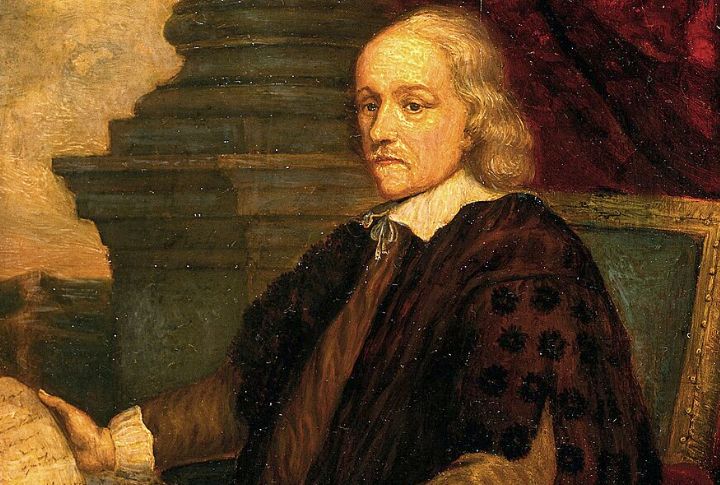
Medicine looked very different before William Harvey’s research came along. In 1628, he demonstrated that the heart pumps blood through the body, challenging the long-held notion that blood was constantly replenished. Critics mocked him; yet his findings became a cornerstone of modern anatomy, reshaping how the body was understood.
Alfred Wegener: Continental Drift Theory
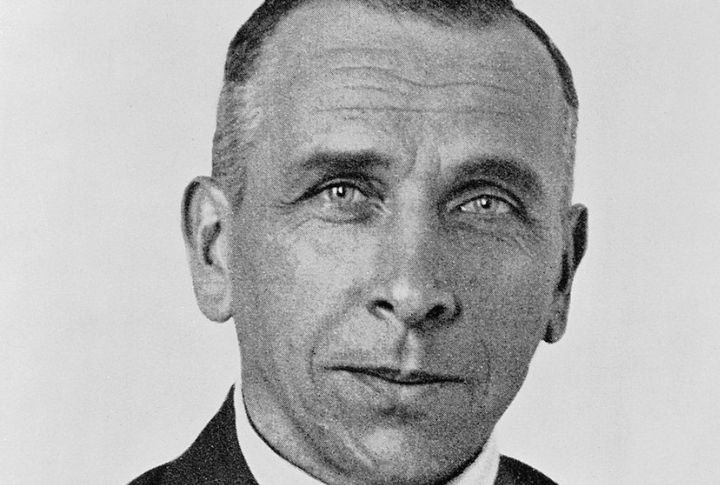
Continents drifting across the Earth sounded ridiculous at first, and without a clear explanation, Alfred Wegener’s 1912 theory was dismissed for decades. He had proposed they were once joined as Pangaea, a claim many saw as pure speculation. Eventually, plate tectonics confirmed it. Fossil and geological evidence had supported him throughout.
Barry Marshall: Stomach Ulcers Caused By Bacteria (H. Pylori)
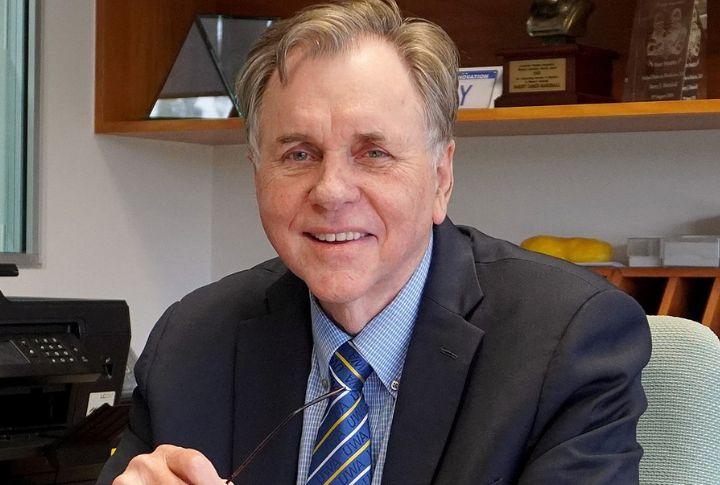
Everyone thought stress caused ulcers. Barry Marshall disagreed—so he drank a beaker of Helicobacter pylori to prove it. He got sick, cured himself with antibiotics, and changed ulcer treatment forever. His bold move earned him a Nobel Prize in 2005 and significantly advanced the understanding of gut health among doctors.

